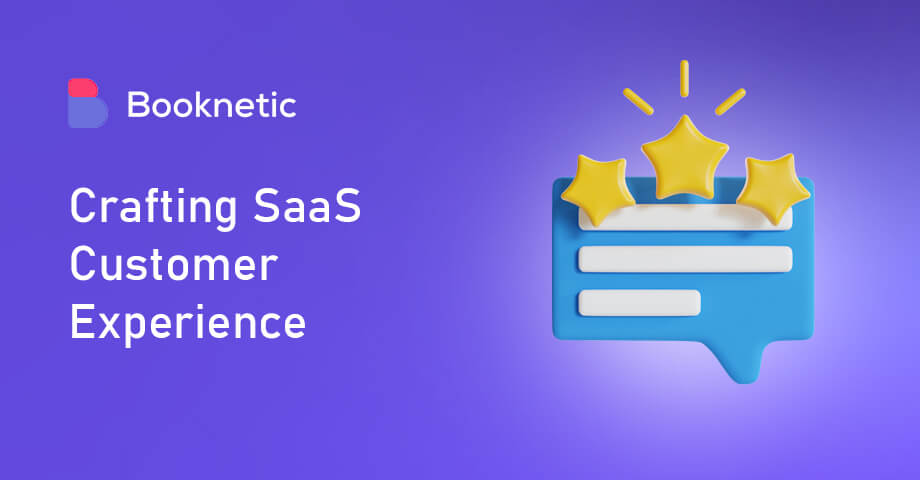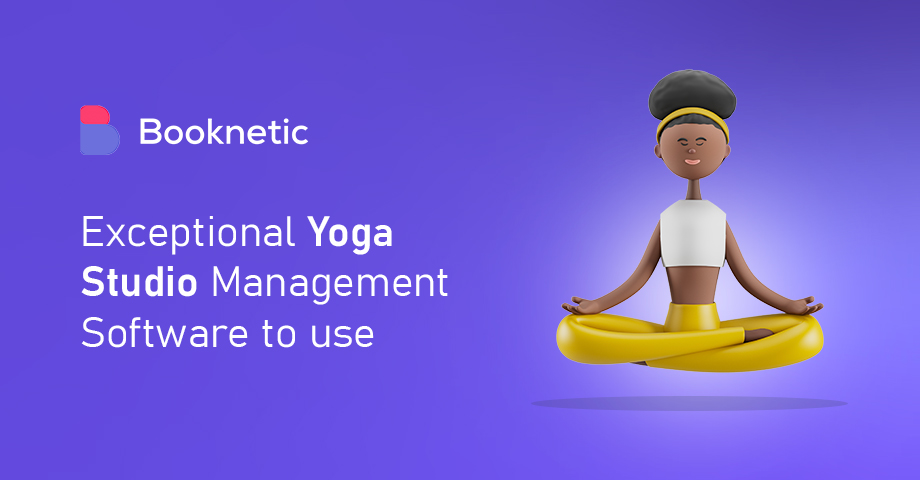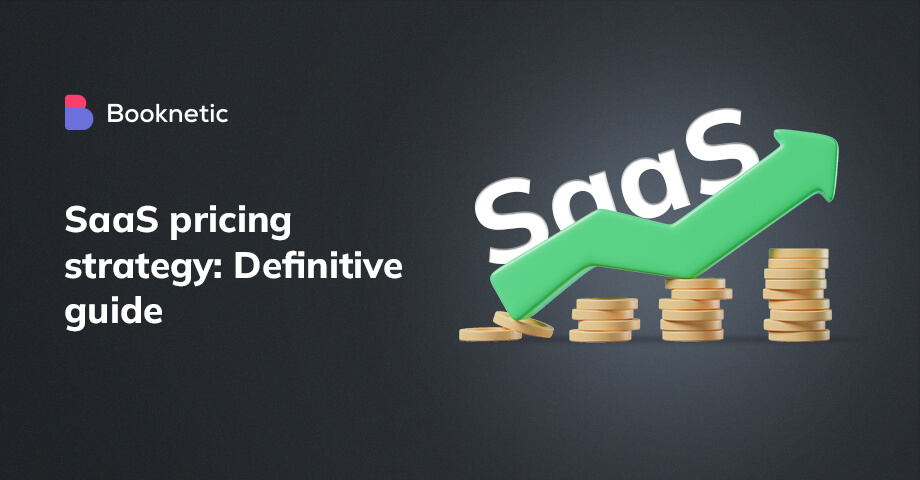
Are you struggling to determine the right SaaS pricing strategy for your product? Be assured that you are not alone.
Crafting successful enterprise pricing SaaS strategies can be a complex and daunting, but it's crucial for your business's growth and success.
Then how do you decide what is the best pricing strategy for your SaaS co? In this definitive guide, I will take you into the world of SaaS pricing strategy and provide the knowledge and examples you need to create a winning pricing strategy for your product.
Whether you're a startup or an established business, understanding the ins and outs of SaaS pricing models, metrics, and best practices is essential. So, let's get started and explore the most effective ways to optimize your SaaS pricing strategy for maximum growth and profitability.
Why is pricing strategy important for SaaS?
Pricing strategy is crucial for SaaS because it directly impacts revenue and profitability. Pricing decisions is the basis of starting a Saas business, affecting customer acquisition, user retention, and overall growth. A well-designed pricing strategy can differentiate your SaaS product from competitors, appeal to your target market, and maximize revenue while maintaining customer satisfaction.
How to create a successful SaaS pricing strategy?
- Define your value proposition: This is the foundation for setting the right price and communicating the value of your product to potential customers. Understanding your unique value proposition is crucial for developing a pricing strategy for SaaS that resonates with your target audience and addresses their pain points or needs.
- Identify your target market: The next step in creating a pricing strategy for SaaS is identifying your target market and understanding their demographics, needs, and behaviors. This is essential for developing a SaaS pricing strategy optimized for your specific audience.
- Conduct competitive analysis: To differentiate your SaaS product and position it effectively in the market, you must identify your competitors' strengths and weaknesses. This analysis will help you make informed decisions about your pricing strategy and differentiate your product from your competitors. It is critical for crafting a pricing strategy SaaS that maximizes your competitive advantage.
- Define customer acquisition and retention metrics: Determine how much you will spend to acquire a new customer and how pricing can incentivize customer retention. This information will help you identify the pricing metrics and models that align with your business goals and drive customer growth.
- Set revenue goals: Determine how your pricing segmentation SaaS strategies can help you achieve them. Consider how you can adjust your pricing strategy over time to meet changing business needs and customer demands.
Don’t forget! Pricing is a continuous process of monitoring, testing, and iterating your SaaS pricing strategy to ensure that it is optimized for growth and profitability. With these steps in mind, you can create successful enterprise pricing SaaS strategies that drive customer growth and maximize revenue.
What are the most successful SaaS pricing models?
Let's say you have a great SaaS business idea but don’t know how to price your business. In that case, keep reading to find out the most popular SaaS pricing modules:
- Freemium: offer a free plan with limited functionality and charge for advanced features and services.
- Flat rate: charge a fixed monthly or yearly fee for access to all features and services.
- Usage-based: price your product based on how much they use the service, such as charging per user or transaction.
- Tiered: develop multiple pricing tiers with different features and services at each level to allow customers to choose the best option for their needs.
- Value-based: set a price based on the value customers receive from the service rather than on usage or features.
However, remember that there are several SaaS pricing strategies and you need to find one that suits your needs and objectives.
Here at Booknetic, we also offer a Booknetic SaaS product. We have a much more sophisticated version of regular Booknetic with a lifetime license. When people buy Booknetic SaaS, they can create their own SaaS product and sell it to others.
In that regard, we use a different SaaS pricing strategy, a unique one, but let our users create their own pricing strategy. Users can create a freemium or flat rate model in the super admin panel according to their product and pricing strategies.
Booknetic SaaS is a product with fixed pricing, but it allows users create their product and appointment booking business SaaS strategies and sell them to other small business owners.
Freemium pricing examples
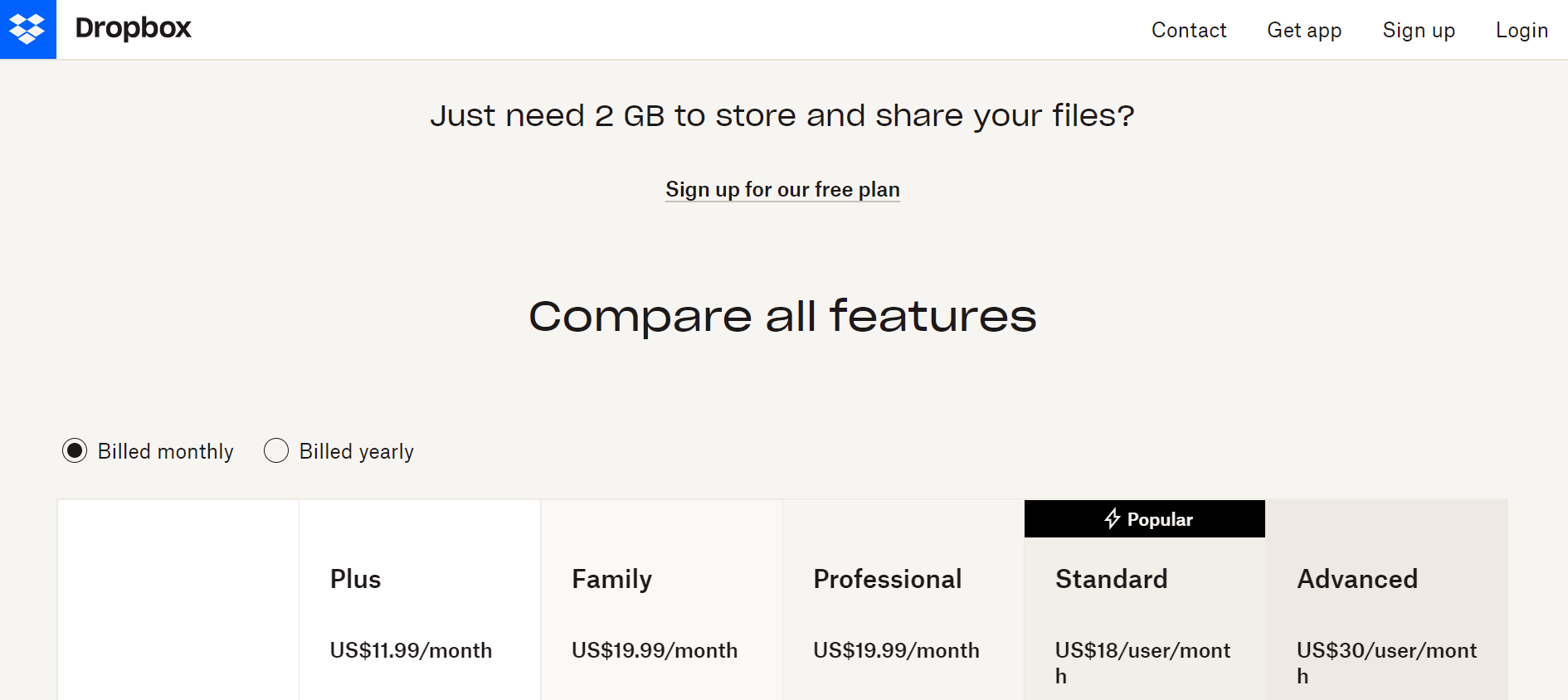
Freemium pricing is a popular pricing model for SaaS products where the basic version of the product is offered for free, while advanced features and functionalities are available for a fee. This SaaS pricing strategy allows potential customers to try the product before committing to a purchase, increasing the likelihood of conversion.
Dropbox, a cloud-based storage platform, is one example of successful freemium pricing strategies for SaaS companies. The basic version of Dropbox is free and includes 2GB of storage space. However, users can upgrade to a paid plan to access more storage and advanced features like file recovery and priority support.
Another example of a company that uses the freemium pricing model for their SaaS product is Canva, a graphic design platform. Canva offers a free product with limited features, allowing users to create basic designs without paying. However, users must upgrade to a paid subscription plan to access more advanced features or templates.
This freemium SaaS pricing model has helped Canva attract a large user base and convert free users into paid subscribers.
The freemium model is a powerful tool for companies to attract new customers and upsell existing ones. However, it requires careful consideration and balancing between the value provided in the free and paid versions to ensure it is a successful pricing strategy for SaaS businesses.
Flat rate pricing examples

Flat rate pricing is a SaaS pricing model that charges customers a fixed amount for a product or service, regardless of how much they use it. This model is commonly used by SaaS companies that offer a product or service that is used consistently and predictably over time.
One example of a company that uses a flat rate pricing strategy for SaaS is Slack, a team communication platform. Slack charges a flat rate per user, regardless of how much the platform is used. This pricing model allows Slack to capture more value from high-usage customers without penalizing low-usage customers. It also provides predictable revenue for the company.
Another example of a company that uses flat rate SaaS pricing model is Netflix, a video streaming platform. Netflix charges a flat rate for unlimited access to its movies and TV shows library. This pricing model for SaaS attracts customers who want to watch multiple shows or movies without worrying about paying per title.
Flat rate pricing can also be used for feature-based pricing, where different product or service features are offered at different price points. For example, Adobe Creative Cloud offers a flat rate pricing plan for access to all of its creative tools and feature-based pricing plans for individual SaaS tools like Photoshop or Illustrator.
Overall, flat rate pricing can be an effective pricing strategy for SaaS companies that offer a product or service that is used consistently over time. By charging a fixed amount, companies can provide predictable revenue streams and capture more value from high-usage customers without penalizing low-usage customers.
Usage-based pricing examples

Usage-based pricing is another popular SaaS pricing model where the cost of the product is determined by how much the customer uses it. This pricing model is commonly used for products with variable usage patterns, such as cloud computing services or email marketing tools.
One example of a successful usage-based pricing strategy for SaaS business is Twilio, a cloud communication platform. Twilio charges customers based on how many text messages, phone calls, and other communication services they use. Customers pay a base fee for accessing the platform and are then charged for their specific services.
This usage-based SaaS pricing model allows customers to pay only for the services they need while allowing them to scale their usage up or down as their needs change.
Another example of a company that uses usage-based pricing model is Amazon Web Services (AWS). AWS provides a wide range of cloud computing services, and customers are charged based on their usages, such as storage, data transfer, and computing power. This SaaS pricing strategy lets customers to only pay for what they use, making it an attractive option for businesses of all sizes.
Usage-based pricing is a flexible pricing strategy for SaaS that allows customers to pay only for what they use. This model is particularly effective for SaaS products with variable usage patterns, making it a popular choice for cloud computing and communication platforms.
Tiered pricing examples
 Tiered pricing is a popular pricing model for SaaS products where the product is offered at different pricing tiers with varying levels of features, functionality, and usage limits. This allows customers to choose the level of service that best meets their needs and budget. Here are some examples of the tiered pricing model used in SaaS products:
Tiered pricing is a popular pricing model for SaaS products where the product is offered at different pricing tiers with varying levels of features, functionality, and usage limits. This allows customers to choose the level of service that best meets their needs and budget. Here are some examples of the tiered pricing model used in SaaS products:
Mailchimp: Mailchimp is an email marketing platform that offers different pricing tiers based on the number of subscribers a user has. The basic plan is free and includes up to 2,000 subscribers and 10,000 emails per month. However, as subscribers and emails increase, users must upgrade to higher pricing tiers to access additional features like advanced segmentation and automation.
Salesforce: Salesforce is a customer relationship management (CRM) platform that offers different pricing tiers based on the level of functionality required. The basic plan is focused on sales and includes features like contact management and opportunity tracking. However, users must upgrade to higher pricing tiers as they require more advanced features like marketing automation and custom app development.
The tiered an excellent pricing model for SaaS businesses to offer customers a range of pricing options and incentivize them to upgrade to higher pricing tiers as their needs and usage increase. It also allows companies to cater to various customer segments with different budgets and requirements. However, ensuring a successful SaaS pricing strategy requires careful consideration of feature differentiation, usage limits, and pricing communication.
Value-based pricing examples

Value-based pricing is a pricing model for SaaS businesses where the price is determined based on the customer's perceived value of the product or service. SaaS companies often use this pricing model with unique or highly specialized products catering to specific niches.
One example of a company that uses value-based pricing in their enterprise SaaS pricing strategy is Zoom. Zoom provides video conferencing software; pricing is determined by the number of hosts and participants and the length of the meetings. Zoom's pricing model is based on their software's value to businesses and organizations by enabling remote communication and collaboration.
Value-based pricing can be a powerful SaaS pricing strategy for companies with unique or highly specialized products, as it allows them to charge higher prices based on their product's value to the customer.
However, it can take time to determine the exact value of a product or service to a customer. That’s why it is more suitable pricing strategy for SaaS businesses with a broad data sets and advanced data collection methods.
How to incorporate a pricing strategy into your SaaS business?
Now you know all the SaaS pricing models and (hopefully) have decided on a pricing strategy for your SaaS business. The following section of this Saas pricing guide is about implementing into your business.
1. Align your pricing strategy with your business goals

To effectively align your pricing strategy with your business goals, you need to understand your target audience, the value your product provides, and your competitive landscape.
For example, if your business goal is to acquire more customers, a freemium SaaS pricing strategy may be suitable. Let's say you are a project management software company, and you offer a free version of your product that has limited features. This could attract more users who are just starting out with project management and are not ready to commit to a paid version yet.
On the other hand, if your business goal is to maximize revenue, a tiered SaaS pricing strategy may be more effective. For instance, a CRM software company may use a different pricing strategy in their SaaS business based on the number of users or features. This allows them to target different customer segments and generate more revenue.
2. Train your team

Your pricing strategy for SaaS needs to be well-understood and supported by your team to be successful. Ensure that your sales, marketing, and customer service teams are trained on your pricing strategy, so they can communicate it effectively to customers.
For example, Salesforce provides training to their sales team on their pricing strategy. This ensures that they are equipped to provide customers with the necessary information and value propositions for different pricing plans.
It is also effective for employee retention, as statistics shows that retention rate grows by 30–50% at companies with a potent training program.
3. Monitor pricing metrics

Monitoring key metrics is crucial to determining the effectiveness of your pricing strategy in SaaS companies. Key metrics to track include revenue, customer acquisition cost (CAC), customer lifetime value (CLV), and churn rate.
For instance, if your CAC is higher than your CLV, it may be an indicator that your pricing strategy needs to be adjusted. Additionally, tracking churn rate can help identify pricing-related issues and address them before they become significant problems.
Monitoring and tracking metrics is not just a SaaS pricing strategy, but overall a good advice that you should follow in your business.
4. Be flexible on changing your pricing
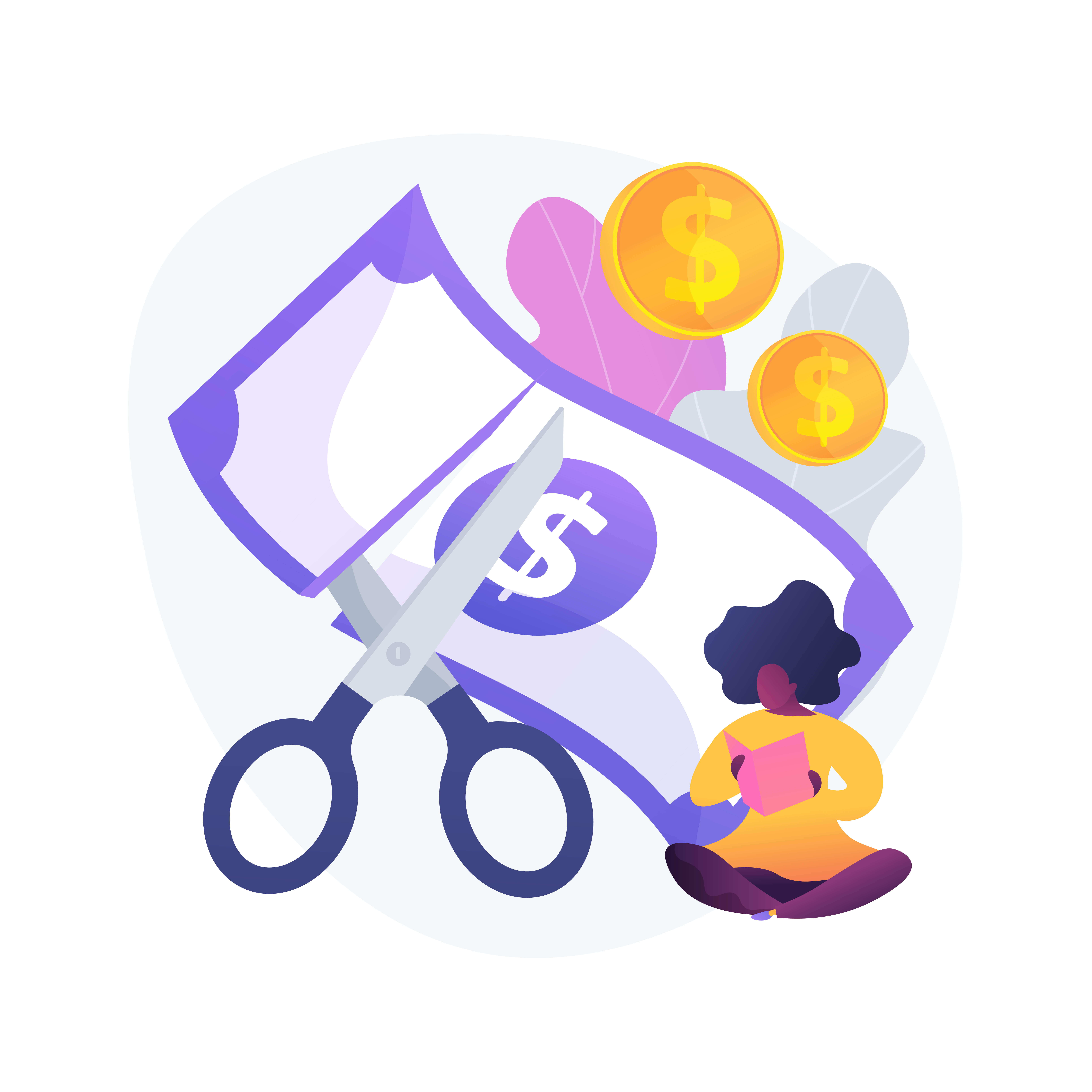
Being flexible is important to ensure that your pricing strategy for SaaS is responsive to changes in the market and your business. It's essential to remain open to making changes to your pricing strategy as needed. It becomes increasingly more important for a B2B SaaS pricing strategy, as companies are more sensitive to pricing than individuals.
For example, Slack adjusted its pricing strategy from a flat rate pricing model to a usage-based model. This was in response to customer feedback and changing market dynamics.
Slack refunds the unused part of the subscription. This was highly regarded by the internet and significantly helped their growth.
5. Communicate pricing changes effectively
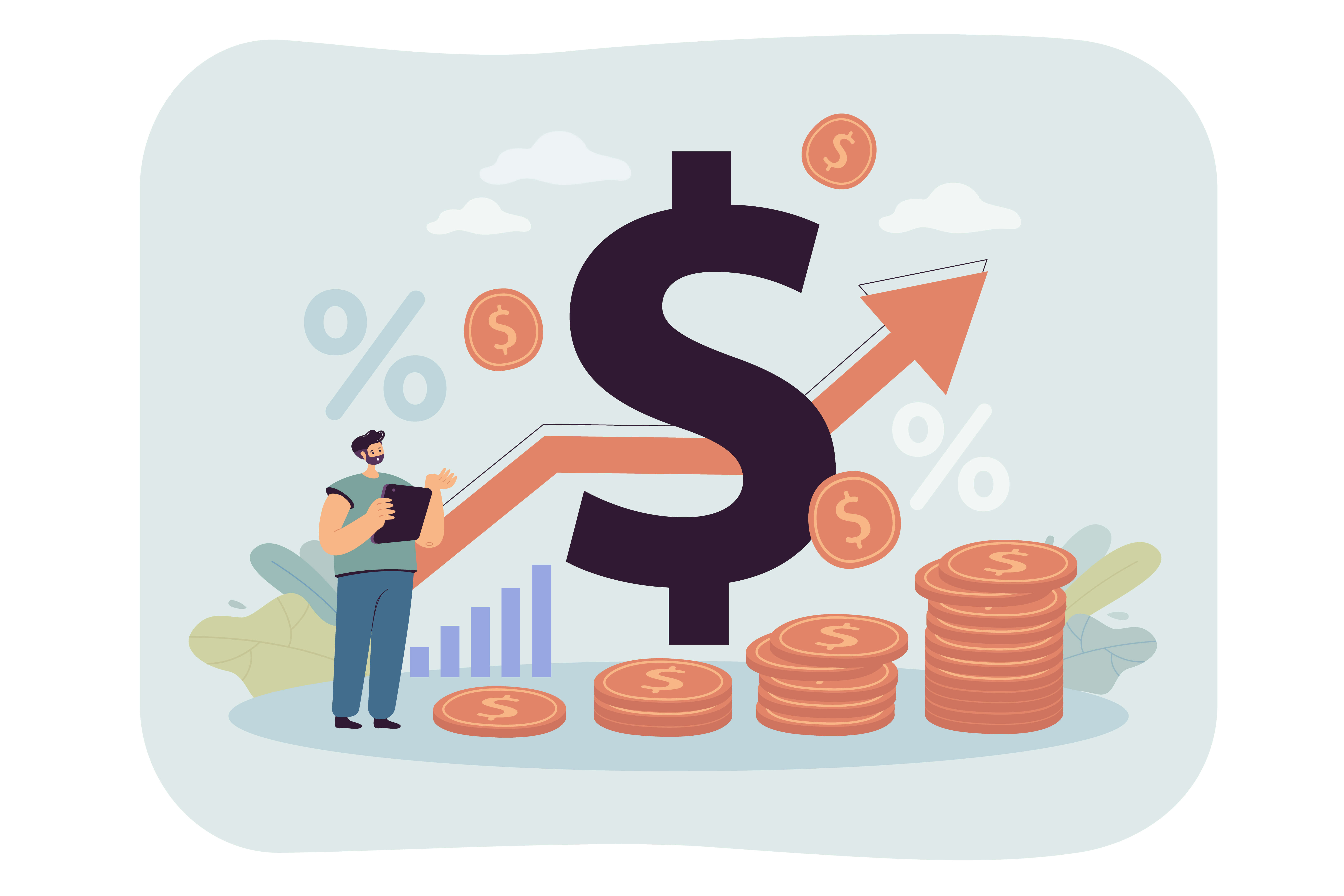
When you make changes to your segmentation pricing strategies in SaaS, it's essential to communicate these changes effectively to your customers. Be transparent about the changes and explain the value they will receive from the new pricing model.
For example, Netflix increased its prices in 2020 and communicated the changes to their customers through email and website notifications. They explained that the price increase would help them continue to offer high-quality content and improve the user experience.
In the end, it increased their revenue by a jaw-dropping 30 billion dollars.
6. Analyze and optimize

Continuously analyzing and optimizing your Saas pricing modules is crucial to ensuring its success.
For example, Amazon Web Services (AWS) continuously tests different pricing strategies in their SaaS business model to identify the most effective pricing model for their customers. They offer different pricing plans, including a usage-based model, a reserved instance model, and a spot instance model. They also provide pricing calculators to help customers estimate their monthly costs based on their usage.
In conclusion, incorporating a pricing strategy into your SaaS is a tough but important task that requires careful consideration and planning.
The next part talk of this SaaS pricing guide talks about the most important topics for creating an effective pricing strategy for SaaS businesses and give answers to the most common questions.
What is the typical model of pricing for SaaS products?
The typical pricing model for SaaS products is subscription-based, where customers pay a monthly or yearly fee to access the service. The subscription fee can be based on factors such as the number of users, the level of service, and the features included in the plan.
What is the best price model for SaaS?
The best price model for SaaS depends on several factors, including the target market, competition, and the product's value proposition. Some companies may benefit from a freemium SaaS pricing modules to attract a large user base, while others may prefer a usage-based pricing model to align pricing with usage.
The best SaaS pricing strategy in this situation is to consider the unique needs of the product and target audience. That being said, for a majority of the SaaS market, a flat rate subscription-based model is the best one.
How should small businesses and startups price their SaaS product?
When pricing as a SaaS startup, it is essential to consider factors such as the value proposition of the product, the target market, and the competition. A value-based pricing SaaS pricing strategy approach may be practical for startups with a unique product offering, while a usage-based model may be more suitable for those focusing on customer acquisition.
In the case of a small business such as micro SaaS businesses, a tiered pricing model may be more effective, offering customers multiple options with varying levels of features and services. The pricing model for SaaS should also be flexible, allowing adjustments based on customer feedback and market trends.
However, testing and experimentation with SaaS pricing strategies is the optimal way to determine the most effective approach.
How to test SaaS pricing?
Conducting pricing experiments and measuring the results to test SaaS pricing strategy is important. This can include A/B testing of different pricing models, as well as testing different pricing metrics and pricing tiers. Feedback from customers and market research can also be used to inform pricing decisions.
What is the rule of 40 in SaaS?
The rule of 40 in SaaS strategy for pricing refers to the guideline that a SaaS company should aim for a combined growth rate and profit margin of at least 40%. This can be calculated by adding the annual revenue growth rate and the EBITDA (earnings before interest, taxes, depreciation, and amortization) margin, and aiming for a total of at least 40%.
How is the SaaS market size calculated?
SaaS market size can be calculated by estimating the total revenue of all SaaS companies operating within a specific market or industry. This can be done through market research and analysis of public financial data from SaaS companies.
SaaS market size = Number of companies X Average revenue per company
What is the SaaS magic number?
The SaaS magic number is a metric used to measure the efficiency of a SaaS company's sales and marketing efforts. It is calculated by dividing the revenue growth by the sales and marketing expenses, multiplied by the number of months in a year.
The resulting number indicates how many months a SaaS company takes to recoup its customer acquisition costs, with a lower number indicating more efficient sales and marketing efforts.
The ideal SaaS magic number varies by industry and company, but a value above 0.7 is generally considered a good benchmark.
SaaS Magic Number = Revenue growth / (Sales and marketing expenses X 12)
How do I find the best price for my SaaS product with customer feedback?
To find the best price for your SaaS product, it's important to collect customer feedback through surveys, user testing, and customer interviews. Ask your customers what they value most about your product, what they are willing to pay, and what features they would be willing to pay more for.
Use this information to adjust your SaaS pricing strategy and experiment with different pricing models until you find one that resonates with your target audience.
What are good pricing strategies for SaaS products with complex features?
One good pricing strategy for SaaS products with complex features is to offer different pricing tiers that cater to different customer needs. For example, you could offer a basic plan for customers who only need basic features, and a premium plan for customers who need more advanced features.
Another pricing strategy for SaaS is usage-based model, which can significantly impact your reputation alongside the revenue.
How can I handle seasonal demand fluctuations with SaaS pricing?
To handle seasonal demand fluctuations within your SaaS pricing strategy, offer seasonal discounts or promotions to incentivize customers to sign up or upgrade during peak periods. Another option is offering flexible pricing plans that allow customers to scale their usage up or down based on their changing needs.
How can I stand out from competitors with creative SaaS pricing strategies?
To stand out from competitors with creative SaaS pricing strategies, offer unique pricing models, such as a developed version of a freemium model or a usage-based pricing model. Also add compelling messages into your products and bundle it with attractive offers to gain more customers.
What is dynamic pricing, and how can I maximize revenue and customer retention with it?
Dynamic pricing is a pricing strategy for SaaS that involves adjusting prices in real-time based on market demand and other factors. With dynamic pricing, you can maximize revenue by charging higher prices during periods of high demand and lower prices during periods of low demand.
This can also help with customer retention, as customers are more likely to stick around if they feel they are getting a fair price.
What are the best ways to price SaaS products for multiple industries with different budgets and needs?
The best ways to price SaaS products for multiple industries with different budgets and needs is to offer different pricing plans that cater to different customer segments. In your pricing segmentation for pricing strategy, pricing plan should be tailored to the specific needs of that customer segment and should be priced based on the value that the product provides to that segment.
How can I personalize pricing packages for each customer segment in my SaaS product?
To personalize pricing packages for each customer segment in your SaaS pricing strategy, you conduct customer research to understand the specific needs and pain points of each segment. Use this information to create packages that are tailored to the needs of each segment, and offer personalized discounts or promotions that incentivize customer loyalty.
What are the best pricing tiers for my SaaS product and how can I get customers to upgrade?
The best pricing tiers for your SaaS product will depend on the specific features and value that your product provides to customers. Consider offering multiple pricing tiers that cater to different customer needs, and use customer feedback and A/B testing to determine which pricing tiers are most effective at incentivizing customers to upgrade.
Bottom Line
In conclusion, implementing a well-planned SaaS pricing strategy is crucial for the success of your business.
By following this guide and personalizing it to your own situation, you can maximize revenue and acquire more customers.
Don't hesitate to put these steps into action, create an attractive SaaS pricing strategy and take your business to the next level!
Sign up for our newsletter
Be the first to know about releases and industry news and insights.
Booknetic is a simple yet powerful plugin for accepting online bookings & payments on your WordPress site.
